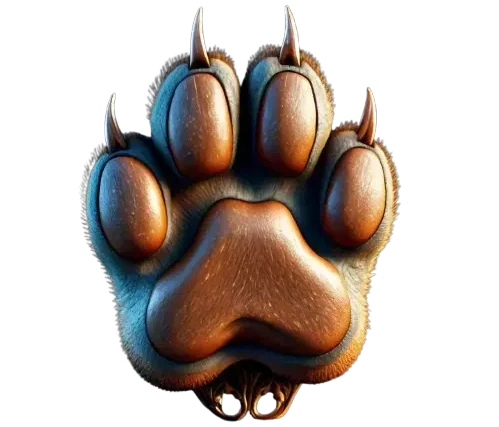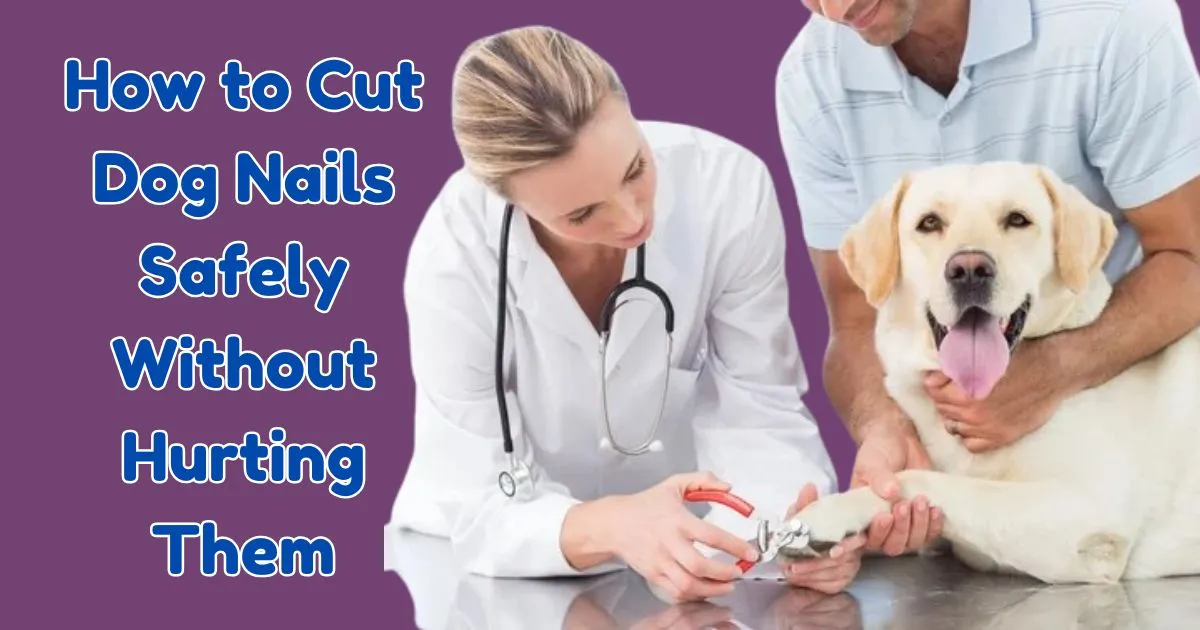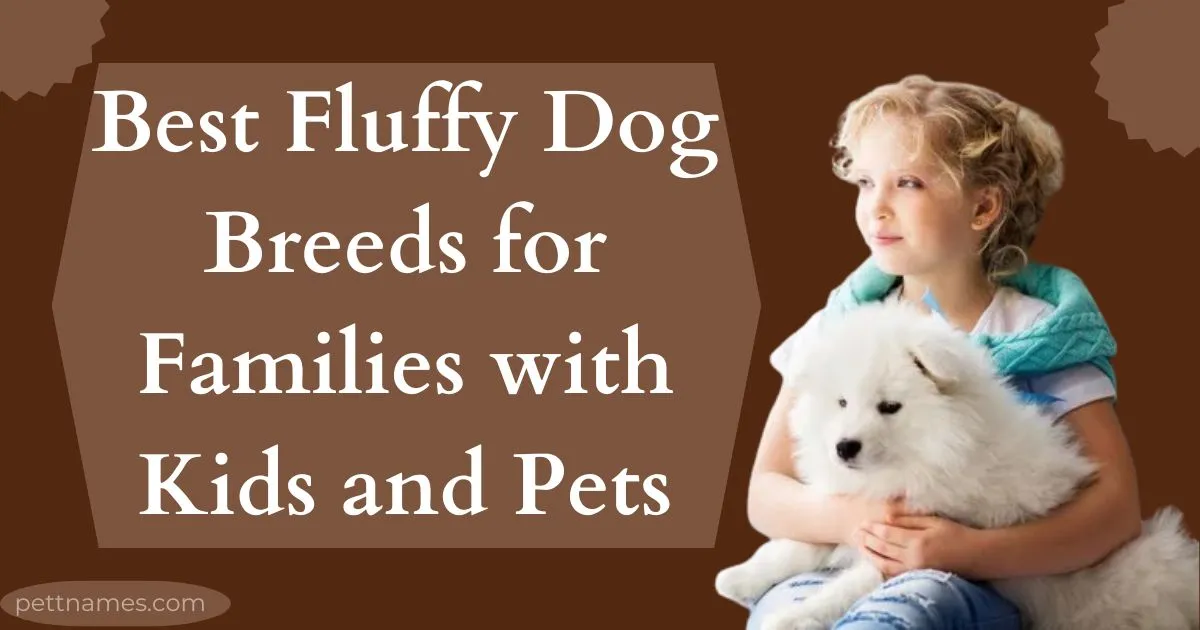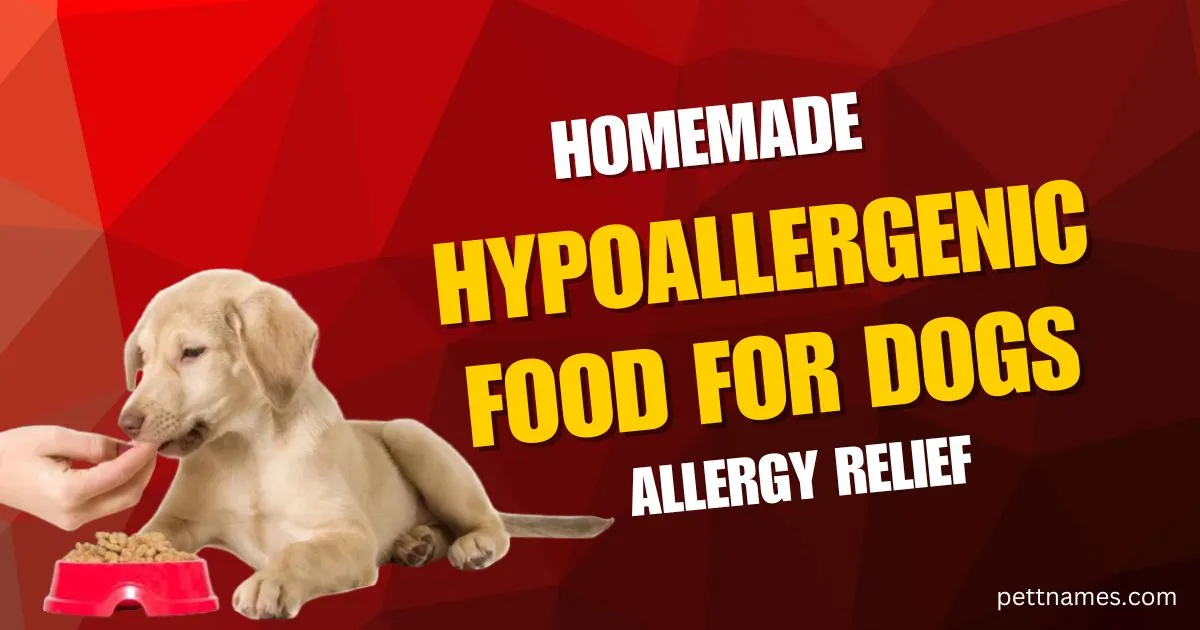Fluffy dog breeds are undeniably adorable. From their soft coats to their playful personalities, these dogs quickly become beloved members of the family. However, their fluffy fur requires a bit more care and attention than a short-haired breed. Proper grooming is essential for maintaining your dog’s beauty, comfort, and overall health.
In this article, we’ll explore 10 essential grooming tips for fluffy dog breeds to ensure they stay looking their best. Whether you have a Pomeranian, Samoyed, or Golden Retriever, these grooming tips will help you keep your dog’s coat soft, shiny, and healthy.
Why Grooming Is Essential for Fluffy Dog Breeds
The Benefits of Regular Grooming
Regular grooming isn’t just about keeping your dog looking cute—it’s about maintaining their overall health. Here are the primary benefits of regular grooming for fluffy dogs:
- Prevents matting and tangles: Fluffy dog breeds are prone to matting and tangling, especially in their long, dense coats. Regular brushing and grooming can help keep their fur smooth and free of knots.
- Reduces shedding: Even though fluffy breeds shed a lot, regular grooming can help manage this by removing loose hair before it ends up all over your home.
- Promotes healthier skin: Grooming helps to remove dirt, debris, and dead skin cells, which keeps your dog’s skin healthy and reduces the risk of skin infections.
- Improves the bond between you and your dog: Grooming sessions can be a bonding activity, where your dog learns to trust you more while you take care of their needs.
Common Grooming Challenges for Fluffy Breeds
Fluffy dogs can present unique grooming challenges:
- Heavy shedding: Dogs with thick fur can shed a lot, especially during seasonal changes. This can require more frequent grooming to manage.
- Long, dense fur prone to matting: The longer the fur, the more prone it is to tangling and matting. This can cause discomfort for your dog if not properly maintained.
- Grooming anxiety: Some dogs, particularly those who haven’t been groomed regularly, may feel anxious during grooming sessions. Patience and positive reinforcement are essential in these cases.
10 Essential Grooming Tips for Fluffy Dog Breeds
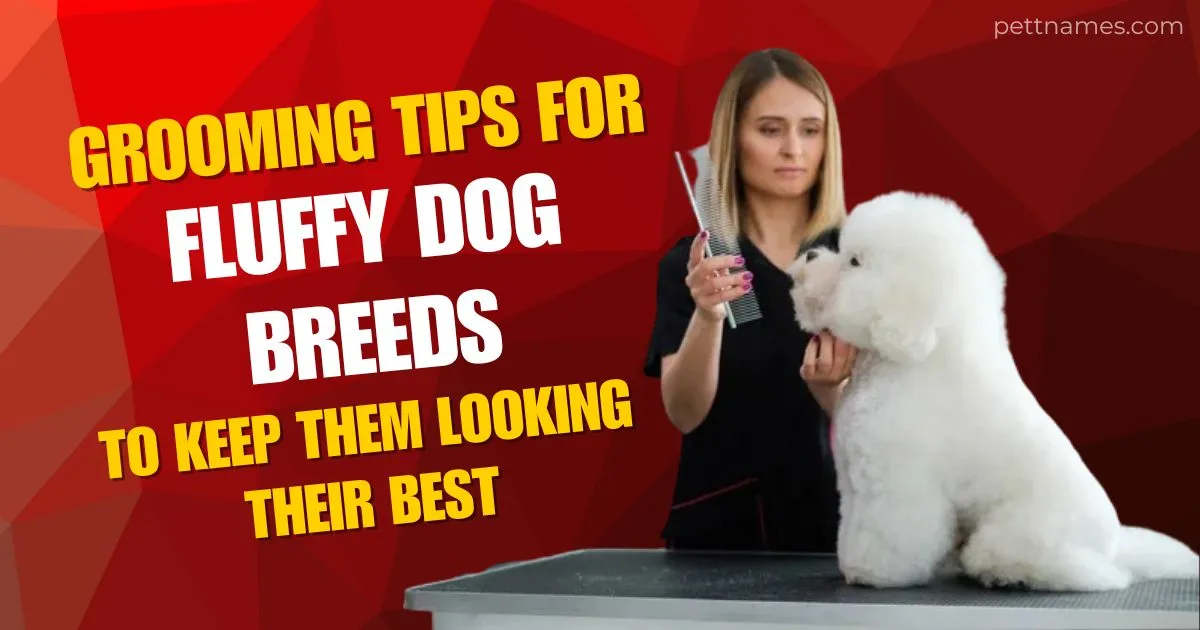
1. Brush Regularly (at Least 3 Times a Week)
One of the most important grooming tips for fluffy dogs is regular brushing. Brushing removes loose hair, prevents matting, and distributes natural oils, which keep your dog’s coat healthy. Here’s how to brush your dog properly:
- Choose the right brush: Depending on your dog’s coat, you’ll need different types of brushes. A slicker brush works well for long-haired dogs, while a pin brush can be great for dogs with denser coats.
- Focus on problem areas: Pay extra attention to areas that tend to mat, such as behind the ears, under the legs, and around the neck. Gently work through any tangles to avoid hurting your dog.
- Brush in the direction of the fur: Always brush in the same direction as the hair grows to avoid pulling on the skin.
![]()
2. Bathe Your Dog the Right Way
Bathing your fluffy dog is a key part of their grooming routine. However, it’s important to not over-bathe as this can strip the natural oils from their coat. Here are some tips for bathing your fluffy dog:
- How often should you bathe your dog? Generally, once every 4-6 weeks is enough for most fluffy breeds. However, this may vary depending on your dog’s lifestyle and how much they get dirty.
- Choose the right shampoo: Pick a shampoo that’s designed for your dog’s coat type. If your dog has sensitive skin, look for a gentle, hypoallergenic formula.
- Proper rinsing and drying: Make sure to rinse thoroughly to remove all shampoo. Afterward, towel-dry your dog and use a blow dryer set to low heat to fully dry their coat, being careful not to overheat or cause matting.
![]()
3. Trim the Fur Around Sensitive Areas
Some areas on your fluffy dog require extra attention, particularly around the eyes, ears, and paws. Trimming the fur around these areas helps to maintain hygiene and prevents discomfort.
- Around the eyes: Long hair near your dog’s eyes can cause irritation or even obstruct their vision. Use small, rounded-tip scissors to carefully trim the fur around their eyes.
- Ears and paws: Trimming the fur around the ears and paws helps with comfort and hygiene. Be sure to use proper grooming scissors to avoid injuring your dog.
![]()
4. Regularly Check and Clean Their Ears
Fluffy dogs are more prone to ear infections because their fur can trap moisture in the ear canal. Regular ear cleaning is essential for preventing infections.
- How to clean ears: Use a dog-specific ear cleaner and a cotton ball to gently wipe the inside of your dog’s ears. Avoid inserting anything into the ear canal itself.
- Watch for signs of infection: If your dog’s ears have a bad smell, redness, or excessive wax buildup, consult your vet for further treatment.
5. Keep Your Dog’s Nails Trimmed
Long nails can cause your fluffy dog discomfort and even lead to joint issues. Regular nail trimming is a must for keeping them comfortable.
- How often should you trim nails? Most dogs need their nails trimmed every 4-6 weeks, depending on how fast they grow.
- How to trim nails: Use a dog nail clipper or grinder to carefully trim the tips of the nails. Avoid cutting too far down to prevent injury.
- Signs of overgrown nails: If you hear your dog’s nails clicking on hard floors or if the nails are touching the ground when standing, it’s time for a trim.
You may also like:
How to Cut Dog Nails Safely Without Hurting Them: A Step-by-Step Guide
6. Use a Professional Groomer When Needed
While you can handle basic grooming at home, there are times when you should take your dog to a professional groomer. Professional groomers are experts at handling different coat types, and they can ensure your dog’s grooming is thorough and done correctly.
- When to visit a groomer: If your dog’s coat has become heavily matted, or if you don’t feel confident trimming or grooming certain areas, a professional groomer can be a lifesaver.
- What to expect at a grooming session: A groomer will typically bathe, trim, and brush your dog’s coat, as well as clean their ears, trim their nails, and check for any health concerns.
![]()
7. Dry Your Dog’s Coat Properly After Bathing
Proper drying is just as important as bathing. If your dog’s fur stays damp for too long, it can lead to matting, mold, or skin infections.
- Towel dry: Start by gently towel-drying your dog to remove excess water.
- Use a blow dryer: Use a blow dryer set to low or medium heat to finish drying your dog’s coat. Avoid high heat, which can damage their fur and skin.
8. Regularly Check Your Dog’s Skin for Irritations
Healthy skin is key to a healthy coat. Regularly check your dog’s skin for any signs of irritation, dryness, or infections.
- Common skin issues: Look out for hot spots, rashes, or dry patches. If you notice these issues, consult your vet for advice and treatment.
- Moisturize the skin: Use a dog-safe moisturizer to keep your dog’s skin hydrated, especially in dry or cold weather.
![]()
9. Use De-shedding Tools for High-Shedding Breeds
Some fluffy dog breeds shed a lot, which can be a challenge for pet owners. De-shedding tools can help manage the shedding process.
- Types of de-shedding tools: Tools like the Furminator or de-shedding brushes can effectively remove loose fur from your dog’s coat.
- How often to use them: Use de-shedding tools once a week to help reduce shedding and keep your home free of excess hair.
10. Maintain a Healthy Diet for a Shiny Coat
A balanced diet is crucial for your dog’s overall health, and it also impacts the condition of their coat. A healthy diet ensures that your dog’s fur stays shiny and thick.
- Protein is key: Look for dog food that contains high-quality protein sources like chicken or fish.
- Supplements for coat health: Omega-3 fatty acids, often found in fish oils, can improve coat health and reduce shedding.
You may also like:
Best Fluffy Dog Breeds for Families with Kids and Pets
Grooming Tools Every Fluffy Dog Owner Should Have
To groom your fluffy dog effectively, you’ll need the right tools. Here’s a list of essential grooming tools:
- Slicker Brush: Great for long-haired dogs to remove tangles and mats.
- Pin Brush: Ideal for dense, thick fur.
- De-shedding Brush: Helps manage excessive shedding.
- Nail Clippers/Grinder: For trimming nails safely and efficiently.
- Ear Cleaning Solution: To maintain ear health.
How to Make Grooming a Positive Experience for Your Dog
Start Grooming Early
Introduce grooming to your dog at a young age to make them more comfortable. Puppies that are accustomed to grooming from an early age tend to have fewer issues with anxiety.
Keep Grooming Sessions Short and Rewarding
Don’t overwhelm your dog with long grooming sessions. Keep it short and reward them with treats and praise after each session.
Building Trust Through Grooming
Grooming can strengthen the bond between you and your dog. Take your time, and be patient—grooming should be a pleasant experience, not a stressful one.
Conclusion
By following these 10 essential grooming tips for fluffy dog breeds, you can ensure your dog’s coat stays healthy, shiny, and beautiful. Regular grooming not only keeps your dog looking their best but also improves their overall well-being.
Ready to start grooming your fluffy dog the right way? Implement these tips today and enjoy the benefits of a well-groomed, happy dog!
Call to Action
Do you have a fluffy dog at home? Share your favorite grooming tips in the comments below! Or, if you’re looking for more advice, feel free to reach out for expert tips and guidance.
for more posts please visit to our website pettnames.com
Read also:
